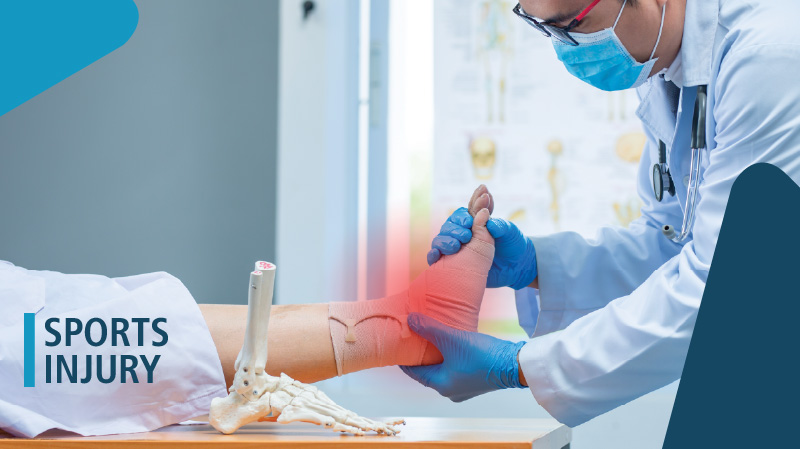
15 Jan Minimal Access Surgeries in Orthopedics
Minimal access surgeries in orthopedics and sports medicine are a range of techniques designed to minimize tissue damage and speed up recovery. These include:
- Fluoroscopy-Guided Procedures: Utilize real-time X-ray imaging to guide surgical instruments during procedures. Commonly used for joint injections and spinal surgeries.
- Ultrasound-Guided Procedures: Employ ultrasound imaging to visualize muscles, tendons, and joints for accurate needle placement, commonly in joint injections and tendon repairs.
- Keyhole Surgeries: Small incisions are used to insert surgical instruments, often assisted by a camera. Popular in knee and shoulder surgeries like meniscus or rotator cuff repairs.
- Mini Arthroscopic Surgeries: Similar to keyhole surgeries, but specifically for joint-related issues, using a small arthroscope to diagnose and treat joint problems.
- Endoscopic Surgeries: Involves an endoscope to view internal structures, used in spinal and joint surgeries.
These surgeries are employed for various reasons:
- Precision: Enhanced imaging provides better accuracy.
- Less Trauma to Tissues: Smaller incisions mean less damage to surrounding tissues.
- Reduced Pain and Scarring: Smaller incisions lead to less post-operative pain and smaller scars.
- Faster Recovery: Patients typically have quicker rehabilitation times.
- Lower Infection Risk: Smaller wounds reduce the risk of infections.
Specifically, they are used in:
- Knee: For ACL reconstruction, meniscus repair.
- Shoulder: For rotator cuff repairs, shoulder stabilization.
- Spine: For discectomies, spinal decompressions.
Advantages over Open Surgeries:
- Less Invasive: Smaller incisions reduce the trauma to the body.
- Quicker Recovery Time: Patients often return to normal activities faster.
- Less Pain and Scarring: Smaller incisions are less painful and heal with less visible scarring.
- Reduced Risk of Infection: Smaller wound surface area lowers infection chances.
- Better Cosmetic Results: Due to smaller scars.
Disadvantages and Shortcomings:
- Limited Exposure: The smaller field of view can sometimes limit the surgeon’s ability to see and address all issues.
- Technical Difficulty: These procedures often require specialized training and expertise.
- Equipment Dependency: Reliance on specific, sometimes expensive, equipment.
- Not Suitable for All Cases: Some complex or extensive injuries might still require open surgery.
Conclusion:
Overall, minimal access surgeries offer significant benefits in suitable cases, particularly in terms of recovery and cosmesis, but they also require specialized skills and equipment and are not universally applicable.
Dr Santhosh Jacob
Orthopedic & sports surgeon
Specialist in Minimally Invasive Surgery

